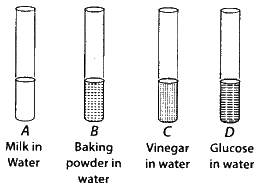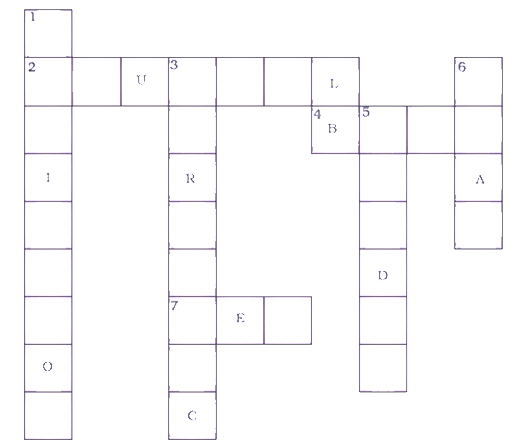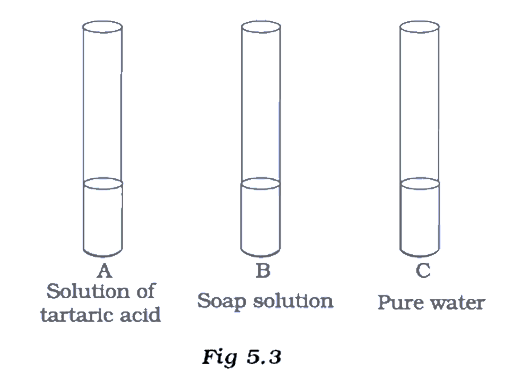Solutions for NCERT, Class 7 Science, Chapter 5, Acids, Bases and Salts, are Now Available for a Free Download at Vedantu
FAQs on NCERT Exemplar Solutions, for Class 7, Science Chapter 5, Acids, Bases and Salts Solutions
1. How can I master Chapter 5 Acid, Bases and Salts, of the Class 7 Science NCERT Exemplar?
For mastering the fifth chapter of Class 7 NCERT Exemplar Science, which is Acid, Bases and Salts, students are required to have as much practice as possible. Because for solving the problems of the NCERT exemplar Science, students have to read the chapter many times in a search of finding a correct answer, and each time they read the chapter, the chapter gets revised. Therefore, towards the end of solving the NCERT exemplar Science problems, the students get the complete revision of Chapter 5 Acid, Bases and Salts.
2. How many questions are there in the NCERT Exemplar Class 7 Science Chapter 5: Acids, Bases and Salts?
There are a total of 26 questions given in the NCERT Exemplar Class 7 Science, Chapter 5 Acid, Bases and Salts, which are divided in the following manner:
1 to 11 Multiple-choice type questions.
12 to 14 Very short answer type questions.
15 to 17 Short answer type questions.
18 matching the column.
19 Fill in the blanks, which are four in total.
20 to 26 Long answer type questions.
In such a manner the NCERT Exemplar Class 7 questions are divided for Chapter 5 which is Acid, Bases and Salts.
3. Why do I need to solve the questions for the Exemplar Class 7 NCERT Science, Chapter 5 Acid, Base and Salts?
Because solving the questions for the chapter of Acids, Base and Salts, gives the students the very much required practice of the chapter. Also, simply understanding the topics of the chapter does not mean that you have mastered the chapter, students are required to put their understanding to the test, and the questions for the NCERT Exemplar Class 7 Science, Chapter 5 Acid, Base and Salts provides that type of practice to the students. Therefore, it becomes very much important for the students to solve the questions for this chapter.
4. Where can find the solutions for the Class 7 NCERT Science, Chapter 5 Acid, Bases and Salts?
First of all, if you have solved all the 26 questions of the Class 7 NCERT Science, Chapter 5 Acid, Bases and Salts, you have done a great job. Now, since you are looking for the solutions of the same, here is the good news for you, which is, you do not have to look further for the solutions for the NCERT exemplar Class 7 Science, Chapter 5 Acid, Bases and Salts because Vedantu has it all. Yes, at Vedantu you can easily find the complete solutions for Class 7 NCERT Science, Chapter 5 Acid, Bases and Salts.
5. What makes the solutions that Vedantu provides for the Class 7 NCERT Science Chapter 5 Acid, Bases and Salts a better option?
Vedantu aims at providing the best of the material to the students, and therefore all the material that Vedantu provides is prepared with the care of expert teachers who have years of experience. Also, the solutions that Vedantu provides for NCERT exemplar Class 7 Science, Chapter 5, Acid, Bases and salts come in a downloadable PDF Format which is available for free download to all the students. So that all the students of Class 7 have a benefit from it.

























